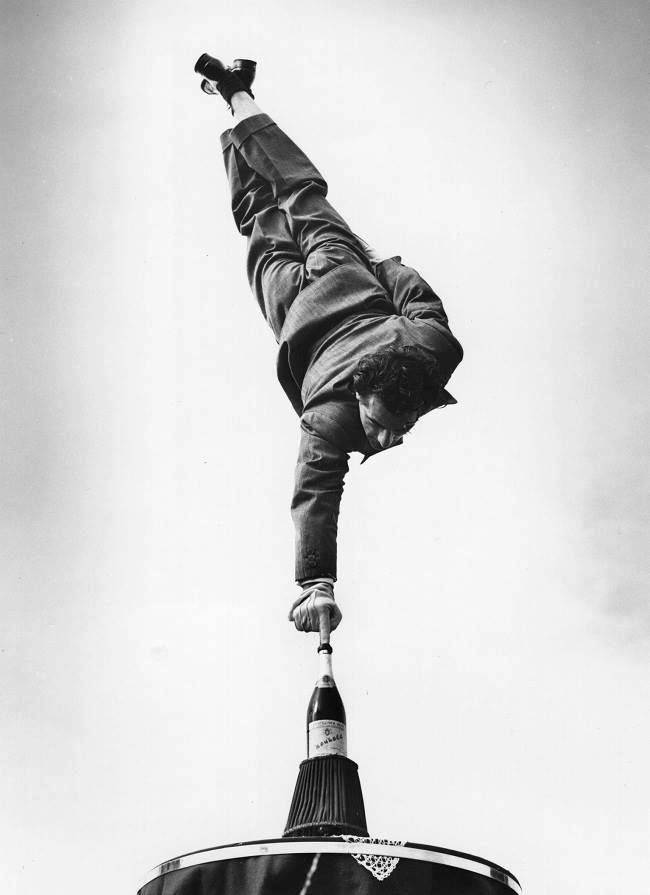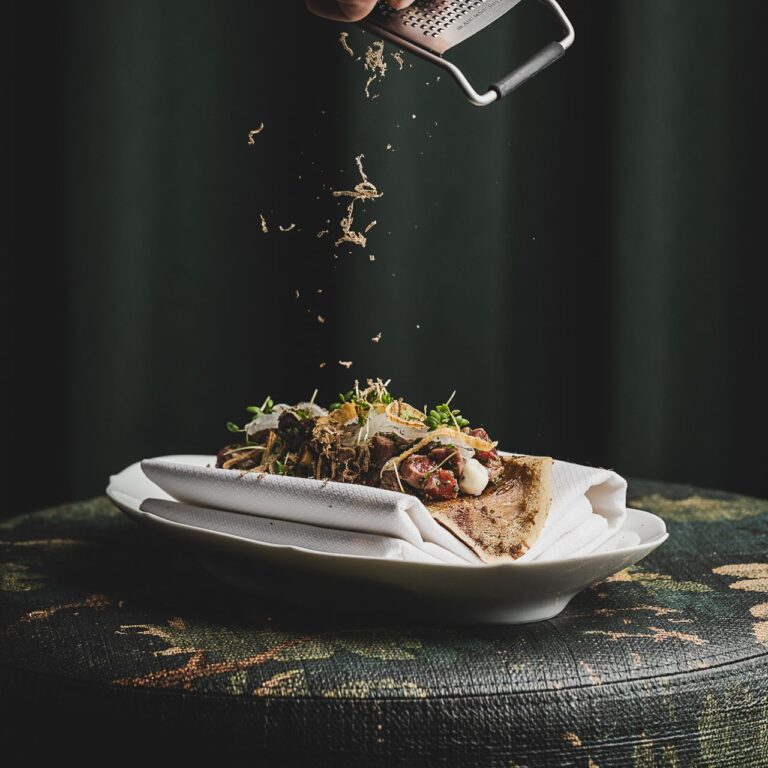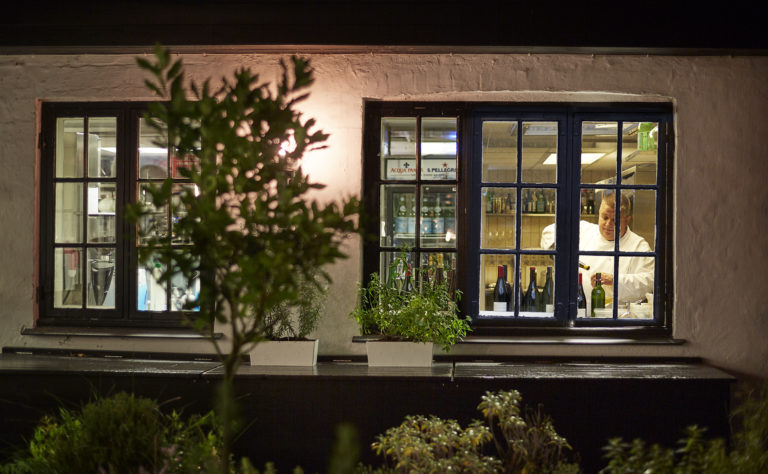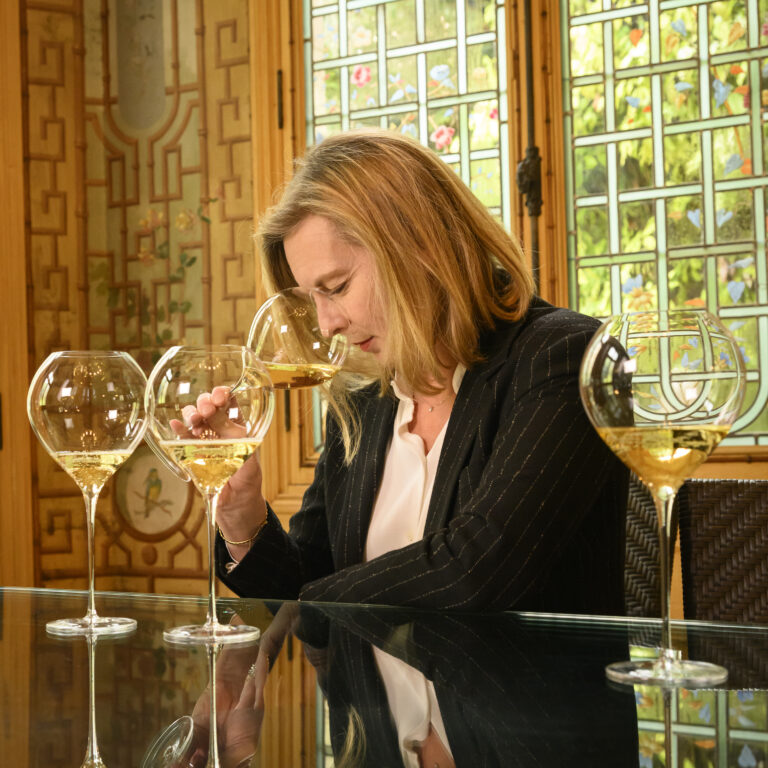TheChampagneSommelier reflects on The Importance of Balance in champagne. [ read the full champagne story ]
Estimated reading time: 4 minutes

Ah, Champagne. The drink of celebration, of victory, of bad decisions made at 2 a.m. in a velvet smoking jacket. We talk endlessly about its bubbles, its provenance, its price. But we often miss the most crucial, the most delicate, and frankly, the most difficult element to get right: balance.
To talk about balance in Champagne is to talk about a high-wire act performed in a blizzard. It’s the tightrope walker who must contend not only with gravity but with a thousand capricious winds: acidity, fruit, sweetness, and the ever-present, tingling effervescence. A Champagne without balance is a grotesque thing. It’s like a symphony played by a single, overzealous tuba player. It’s all noise and no music, all aggression and no grace.
The Unholy Trinity: Acidity, Fruit, and Sweetness
The struggle for balance is fought on three main fronts.
1. The Assault of Acidity: Champagne is, by its very nature, an acidic wine. It’s born in a cold, unforgiving climate where grapes struggle to ripen. This is a good thing; it’s what gives Champagne its backbone, its structure, its spine. But left unchecked, it becomes a razor blade on the tongue, an unpleasant, tooth-enamel-stripping experience. The young, uninitiated Champagne drinker often mistakes this biting acidity for sophistication. They are wrong. It is simply a failure of winemaking.
2. The Clamor of Fruit: On the other side of the battlefield is the fruit. The red fruits of Pinot Noir, the citrus of Chardonnay, the stone fruits of Meunier. In a balanced Champagne, these are the notes, the whispers, the elegant flourishes. But when the fruit is left to its own devices, it becomes a brash, vulgar shout. It’s a Champagne that tastes less of terroir and more of a fruit smoothie left out in the sun. It’s the loud, overly friendly person at the party who doesn’t realize everyone is trying to have a conversation.
3. The Whisper of Sweetness: Finally, we have sweetness, or what the industry calls “dosage.” This is the winemakers’ final tool, the last-ditch attempt to bring harmony to the chaos. A tiny amount of sugar is added before the final corking. A good dosage is like a single, perfect note that completes a chord. It’s a subtle touch, a moment of genius that softens the edges of the acidity and amplifies the fruit. An amateur’s dosage, however, is a clumsy thump on the piano. It drowns out the nuance, turning a complex wine into a saccharine confection.

The Symphony of a Perfect Fizz
When these three elements are in perfect harmony, a Champagne transcends its humble ingredients. The sharp acidity is a thrilling jolt, not a painful one. The fruit is not a brute, but a delicate, nuanced perfume. And the sweetness is a ghost, a presence you feel more than taste, a final touch of polish.
A balanced Champagne is a study in contradiction. It’s both light and substantial, sharp and soft, powerful and elegant. It is a wine of tension, a delicate dance between opposing forces that resolves itself on the palate in a moment of pure, blissful pleasure.
So, the next time you hold a glass of good Champagne, don’t just gulp. Stop. Consider. Taste not just the individual components, but the space between them. Feel the push and pull of the acidity and the fruit, the subtle hand of the dosage. Look for the high-wire act, the perfect balance. It is a rare and beautiful thing, and it is the true mark of a master. The rest is just fizzy wine.






